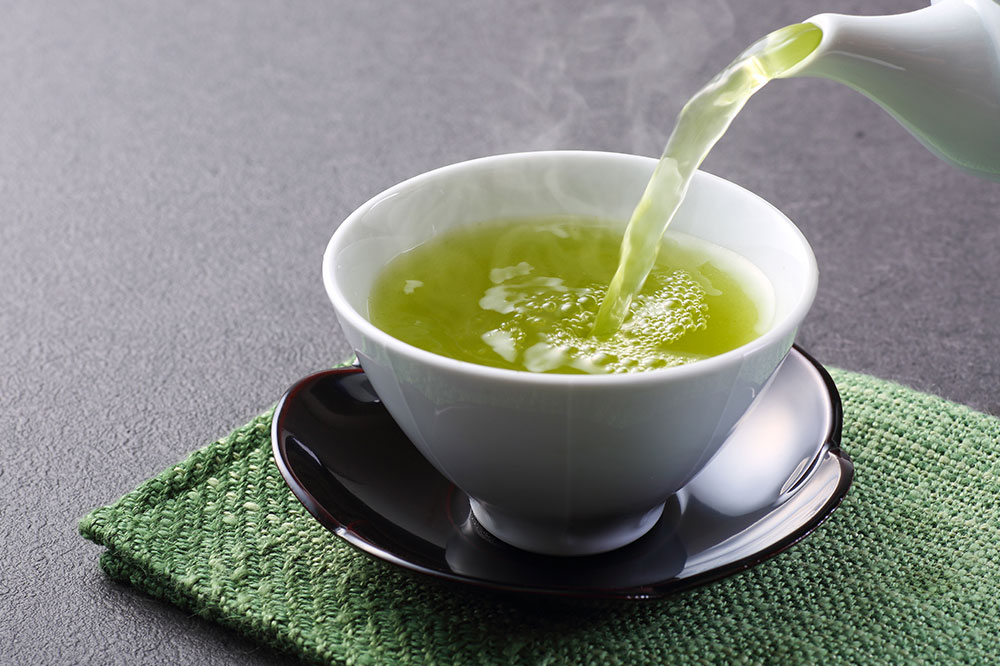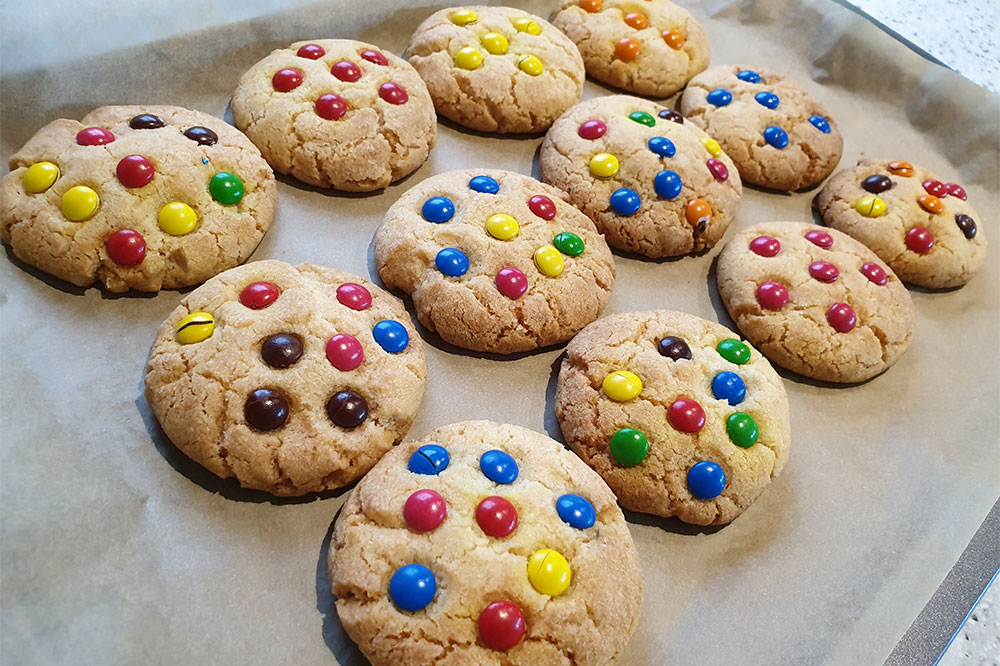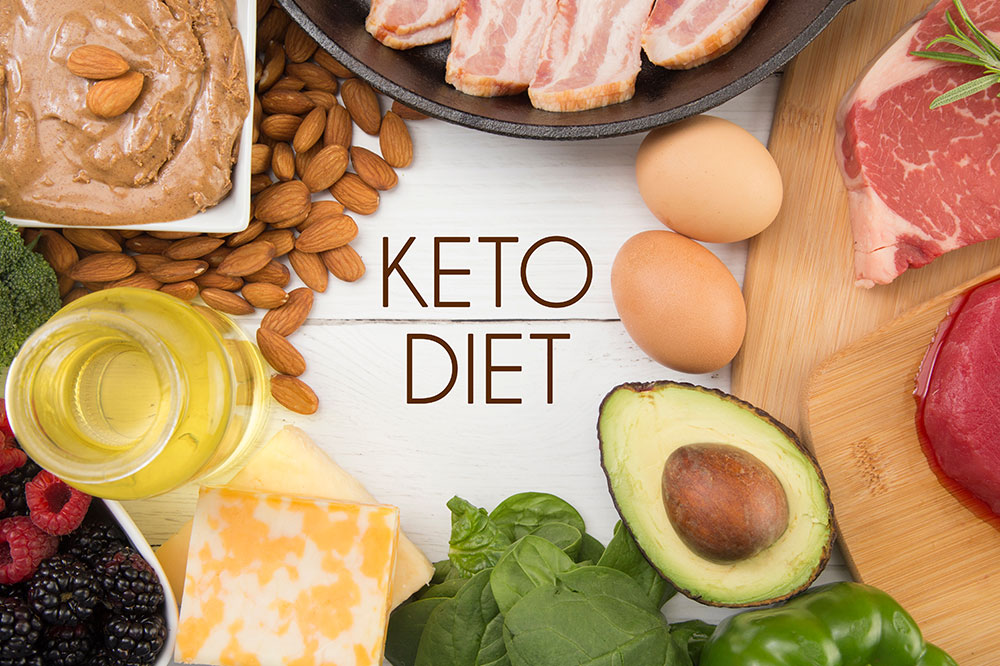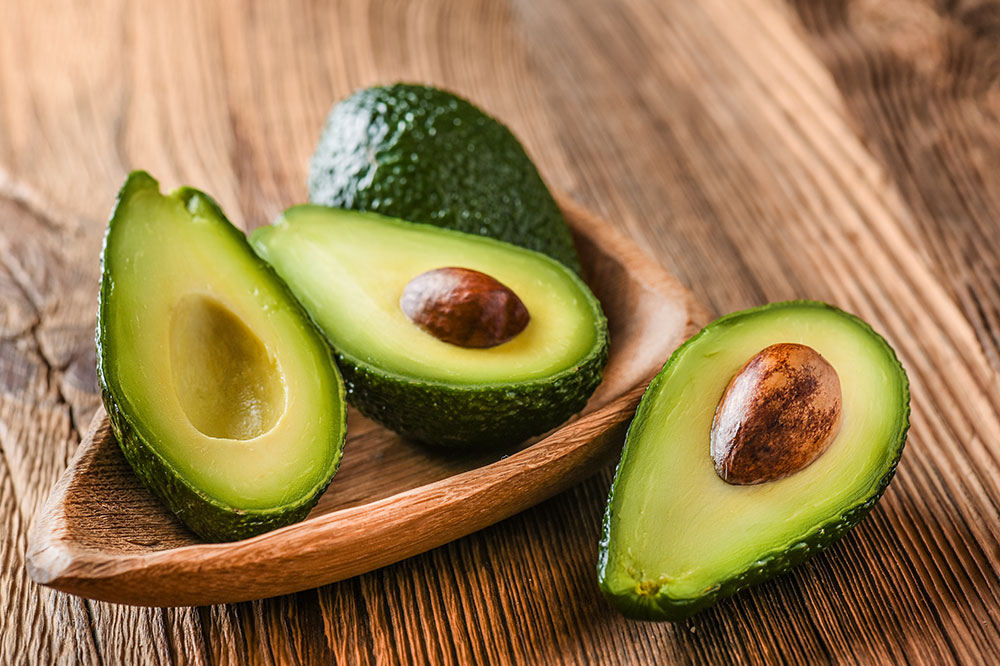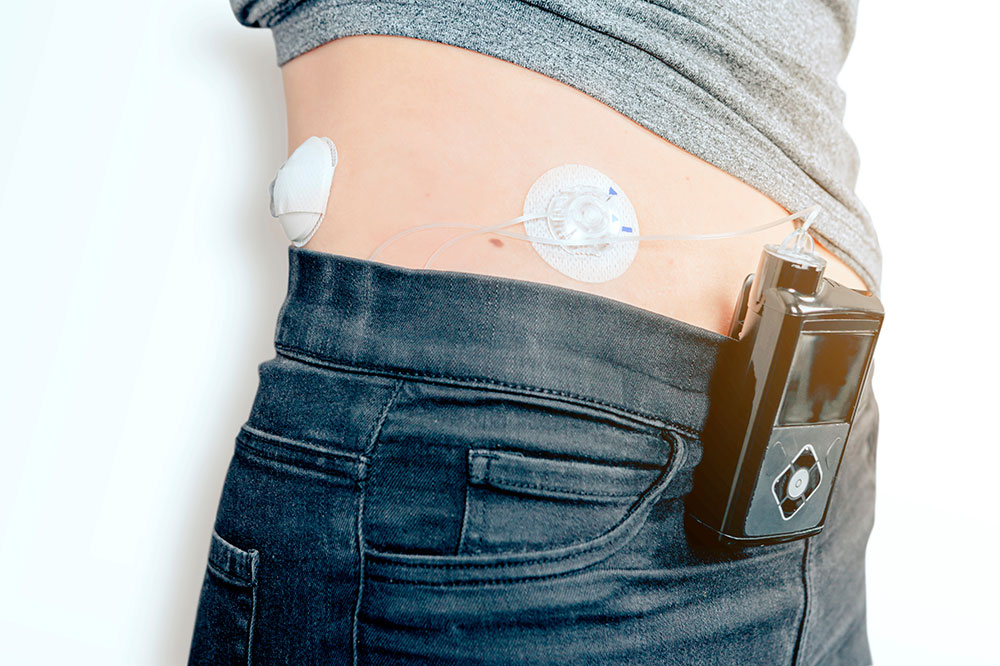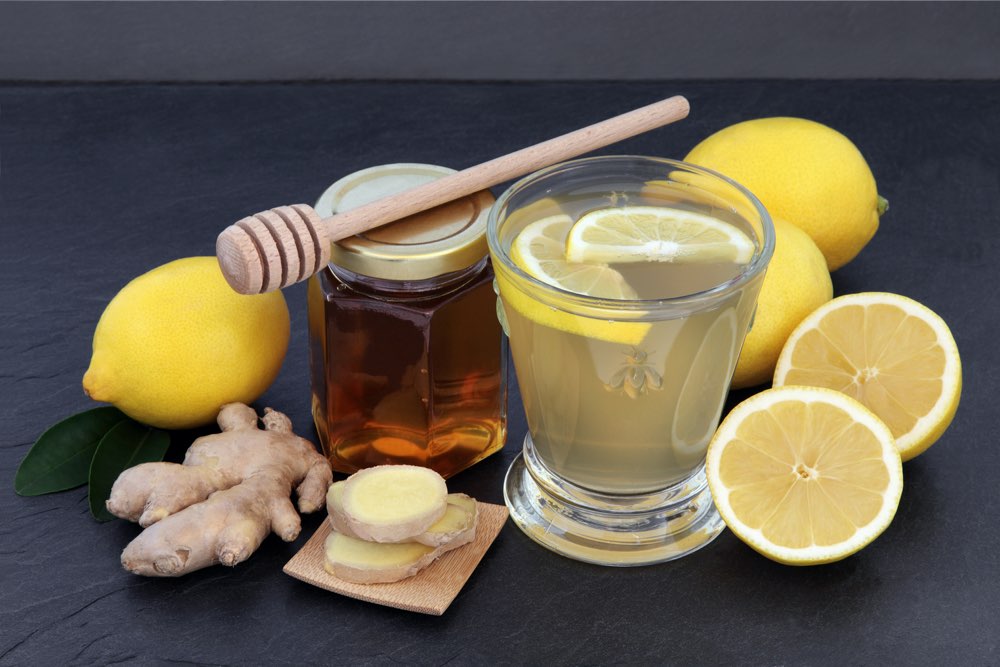Top 6 foods to manage arthritis symptoms
Arthritis is a group of diseases that can cause stiffness, swelling, and pain in the joints and can end up affecting people of all ethnic backgrounds, genders, and ages. Arthritis is of different types. One of the common types is rheumatoid arthritis, an autoimmune disease wherein the joints come under attack by the immune system. Another common type is osteoarthritis, which develops due to overuse of the joints. Fortunately, there are certain foods that can help manage the condition effectively by relieving joint pain and also by easing any inflammation caused. Listed below are some of the best foods that can help people suffering from arthritis manage the condition more effectively. Fatty fish Fatty fish such as trout, sardines, mackerel, and salmon are high in omega-3 fatty acids that possess potent anti-inflammatory effects. Studies have shown that people consuming fatty fish showed decreased levels of specific inflammation-related compounds, less morning stiffness, and joint pain intensity. Fatty fish are also rich in vitamin D, which can help prevent symptoms of rheumatoid arthritis. According to the AHA (American Heart Association), including a minimum of around two servings of fatty fish in one’s food helps fight against inflammation effectively. Garlic Garlic and its components are full of health benefits as they possess cancer-fighting properties and are also responsible for lowering the risks of dementia and heart disease.
Read More 